What is the theoretical standard of coffee gold cup extraction? What is the best brewing ratio according to the SCA gold cup extraction criteria?
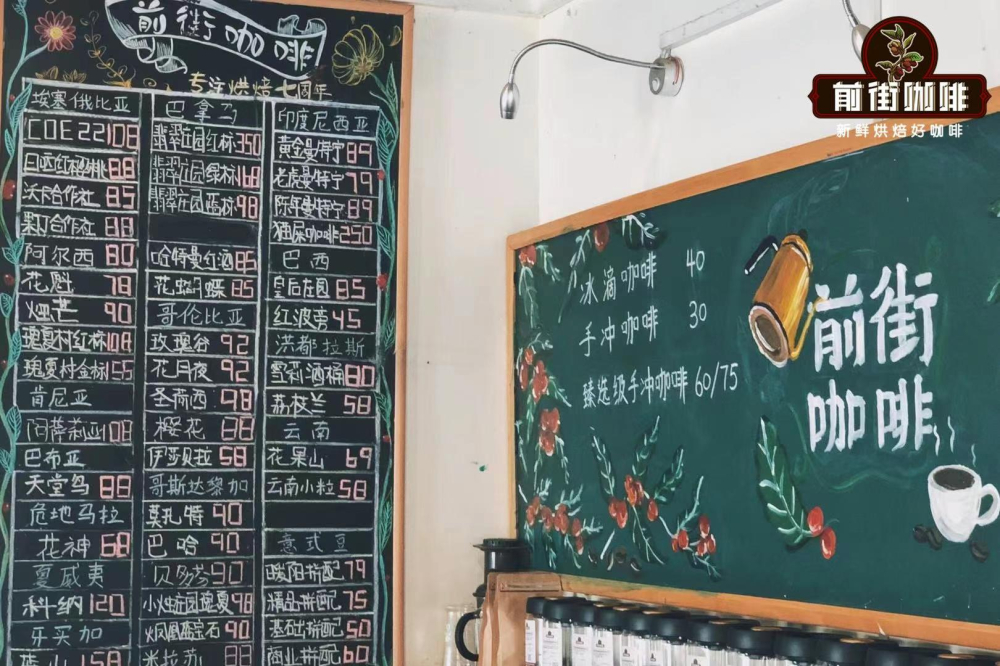
Tea, coffee and cocoa are the most popular drinks in the world, while coffee is the second most traded futures product in the world after crude oil. Unlike the oil buried underground, coffee is actually the fruit of coffee trees, and it is also the general name of roasted coffee beans and ground coffee powder. after brewing in hot water, the soluble substances in coffee will be fully released. the insoluble parts are filtered, and the black drinks made have become an integral part of the daily lives of consumers around the world.
Making your own cup of coffee at home is more convenient and economical than buying coffee at a restaurant. However, this raises a question: why can't the smell of a cafe come out at home? This involves a noun that many people have heard of but do not know its meaning-"SCA gold cup extraction".
It is well known that a whole coffee bean is made up of more than 1800 chemicals, but the soluble substances account for only 30% of the weight of the whole coffee bean, and not all of them are ideal soluble substances with good flavor. There are a variety of coffee brewing methods, through the "solid-liquid extraction" principle, people through different ways to extract the best quality of coffee, and the definition of coffee quality usually varies from person to person.
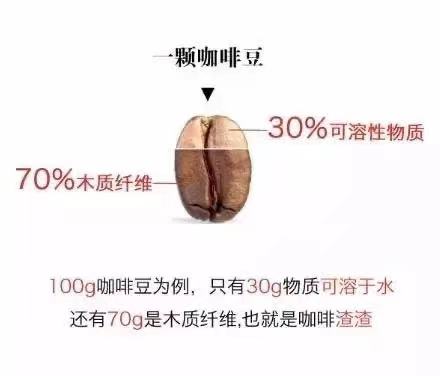
Due to the complexity of chemicals in coffee, it is very difficult to ensure the highest quality of coffee in order to achieve accurate extraction. However, if we can understand the process of coffee extraction from a mathematical point of view, and identify the different variables that affect the quality of coffee, the process of brewing coffee will become easier.
Different from espresso, espresso is made by pressing hot water into coffee pressed powder under high pressure. Coffee pressed powder is made by grinding very fine coffee powder.
On the other hand, the dripping coffee such as hand-brewed coffee is a kind of coffee which is poured with hot water in V-shaped utensils. The pressure of coffee extraction is exactly similar to atmospheric pressure and the extraction time is longer. In both ways, the coffee substance in the coffee powder is extracted, the undissolved substance will be filtered out by the filter, and the coffee liquid will flow out of the filter.
According to a chart given by the Fine Coffee Association (SCA), within the SCA gold cup extraction standard, the final coffee concentration (TDS) is between 1.15% and 1.35%, and the extraction rate is between 18% and 22%. The so-called TDS is the ratio of total dissolved solids to water, which directly affects the flavor people taste from coffee. In the chart, the range of gold cup extraction is located in the center of the shadow.
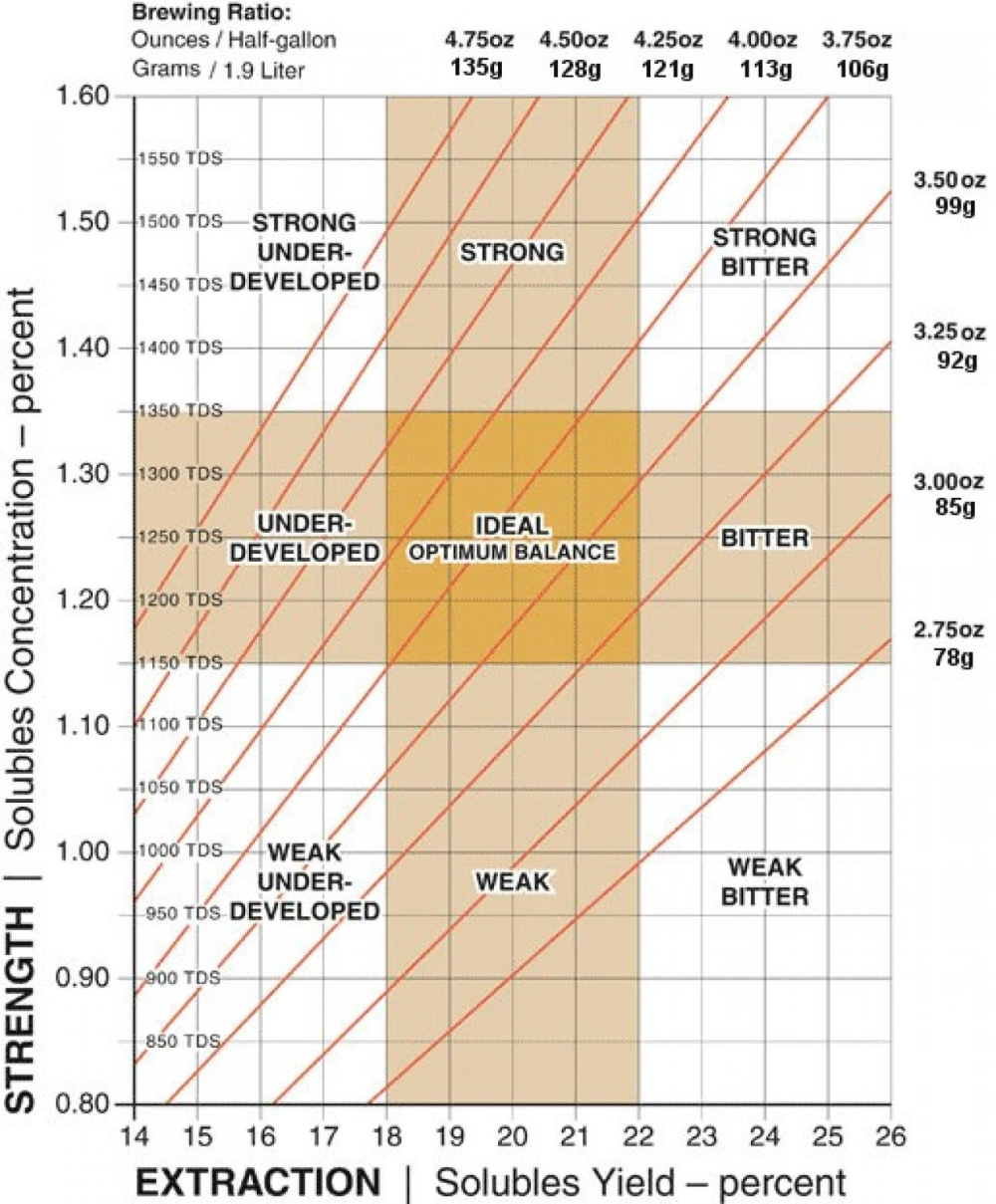
Because this saying is so widely spread, even the rookie who has just started the boutique hand-brewed coffee has to brew a pot of hand-brewed coffee that meets the SCA gold cup extraction standard. Qianjie is here, so we need to popularize the basic knowledge of hand-made coffee with everyone.
Many people want to enrich their own food and clothing, so they come to Qianjie to ask the baristas to recommend hand-made coffee beans, but the friends who buy new beans will ask the baristas in Qianjie how to cook them to get the taste of the cafe.
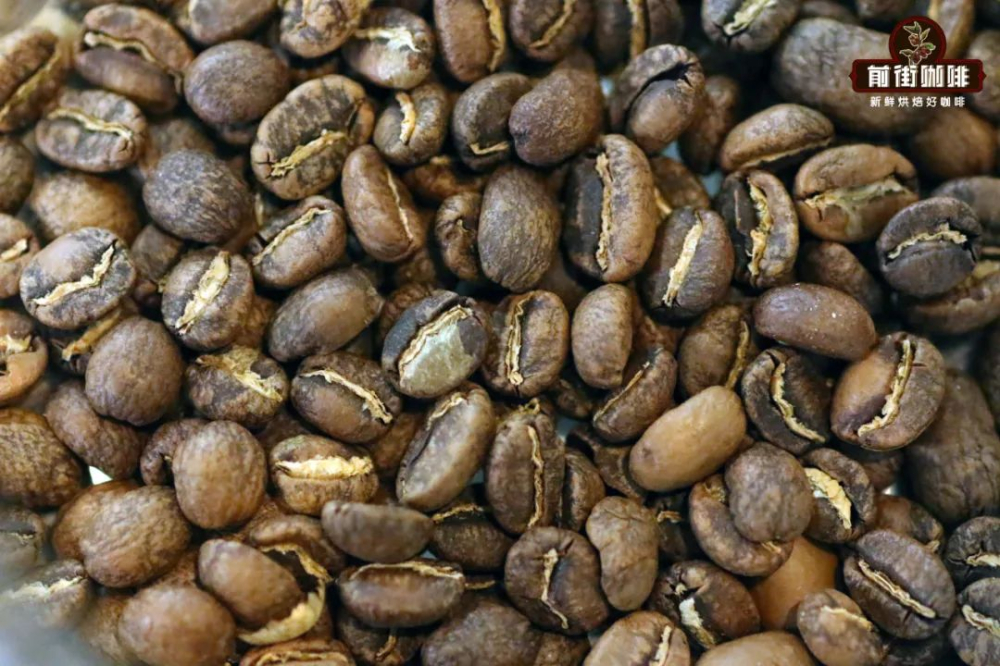
Careful friends can always hear several elements of hand-brewed coffee mentioned in Qianjie Coffee, such as the temperature of hand-brewed coffee, the thickness standard of hand-brewed coffee powder, the ratio of powder to water and the filter cup. Qianjie coffee will be divided into several types of brewing parameters according to the degree of roasting of coffee beans.
Among them, the most representative coffee beans in Ethiopia generally use medium-light roasting degree in order to highlight their acidity, while Indonesia's Mantenin coffee beans generally use medium-deep roasting degree in order to highlight their mellow taste.
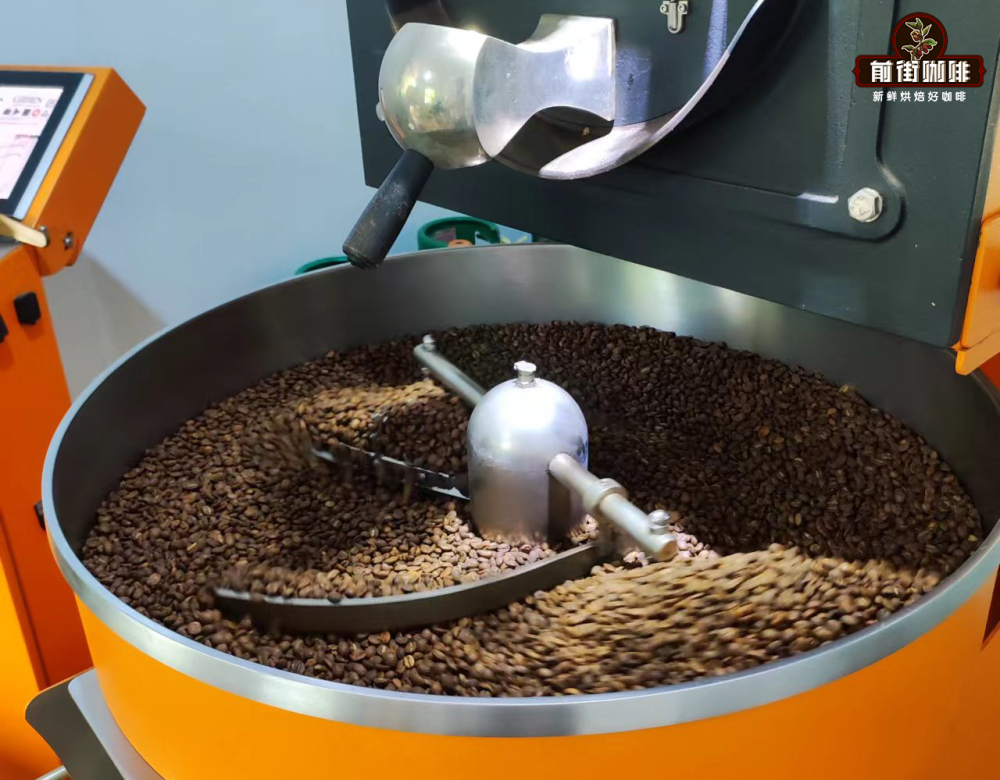
If you have compared the flavor between the two, you will find that the deep-roasted coffee will taste a little more bitter, while the lightly roasted coffee will be more sour. With the deepening of the roasting degree of coffee beans, the rate of substance exchange between coffee beans and water will also increase.
[time]
When the coffee particles come into contact with the water, the extraction process has already begun, and the sour, sweet and bitter taste of the coffee will be released and dissolved into the water until it is saturated or artificially interrupted. In the first part of the extraction process, sour and sweet tastes are released more and faster than bitterness. In order to increase the ideal flavor as much as possible and reduce the extraction of bitter and astringent taste, Qianjie is generally controlled to brew coffee for about 2 minutes.
[degree of grinding]
With the smaller the size of coffee particles, the area of coffee powder particles in contact with water increases, which means that the faster the reaction between coffee and water, the more flavor substances can be extracted. Therefore, when the coffee powder particles are finer, the flavor is stronger.
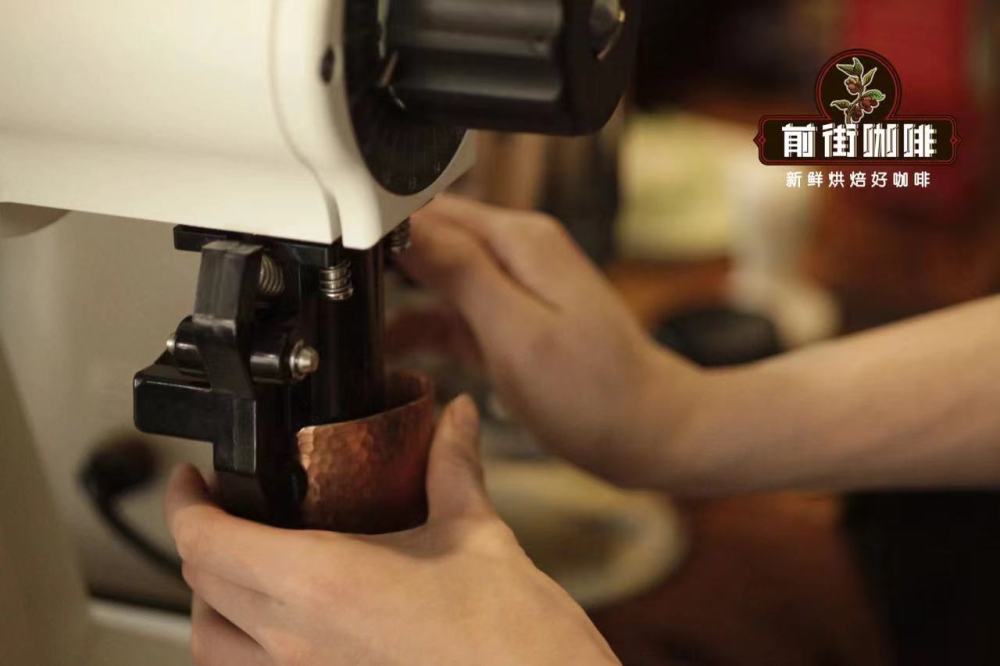
[water temperature]
According to the thermal motion of molecules, with the increase of temperature, the motion between molecules becomes more intense. It can also be experienced in daily life, compared with boiling hot water, if the tea is soaked in normal temperature water, even if it is still insipid for two minutes. When brewing coffee in Qianjie, taking into account the degree of grinding and roasting of coffee beans, deep-roasted coffee beans will use thicker grinding degree and lower temperature hot water because of their faster dissolution rate, so as to avoid excessive extraction and become bitter.
[ratio of powder to water]
Friends who often refer to the articles on Qianjie can find that when brewing many kinds of coffee beans in Qianjie, the powder-to-water ratio will be adopted at 1:15.
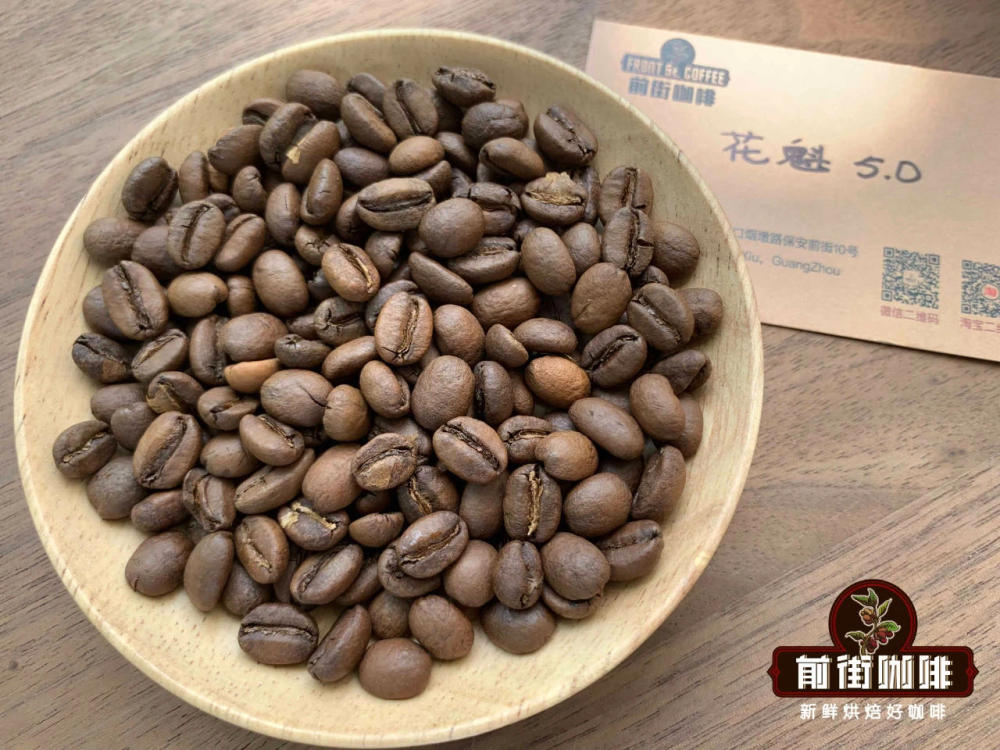
Front Street Coffee Essex Dharma Sakui 5.0
Producing area: Sidamoguji producing area of Ethiopia
Altitude: 2250m Murray 2350m
Variety: native species
Treatment method: solarization treatment
Through the comparison of the four ratios of 1:15, 1:16, 1:17 and 1:18 in Qianjie, it was found that with the further increase of the ratio of powder to water, the acidity of the berries in Huakui 5.0 was further diluted. When the powder-to-water ratio reaches 1:18, the aftertaste is bitter. With the increase of the ratio of powder to water, the coffee concentration (TDS) becomes thinner and the flavor is opened, but there is also a risk of water expression.
Next, Qianjie will cook Huakui 5.0 once according to the standards produced by the store. Filter cup: Hario V60; water temperature: 92 degrees Celsius; powder content: 15 grams; powder-water ratio: 1: 15; grinding degree: the pass rate of Chinese standard No. 20 screen is 80%.
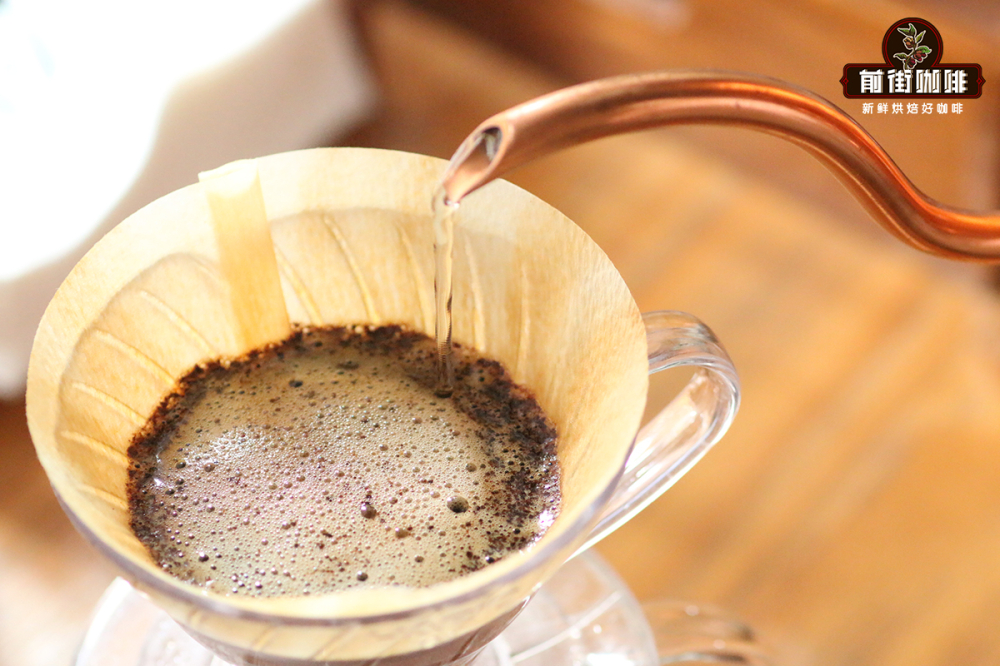
First wet the coffee powder completely with 30 grams of water and steam it for 30 seconds, then pour in a small water flow from the central point and slowly circle to 125 grams for segments, and continue to inject water in circles until 225 grams are stopped when the powder bed is exposed. Wait for the water in the filter cup to drop completely to the sharing pot to remove the filter cup, the total extraction time is about 2 minutes.
After the above standard cooking, Huakui 5.0 berries have a rich flavor, with sweet and sour feelings such as citrus and plums, obvious mango juice, a hint of flowers, and a sweet finish like black tea.
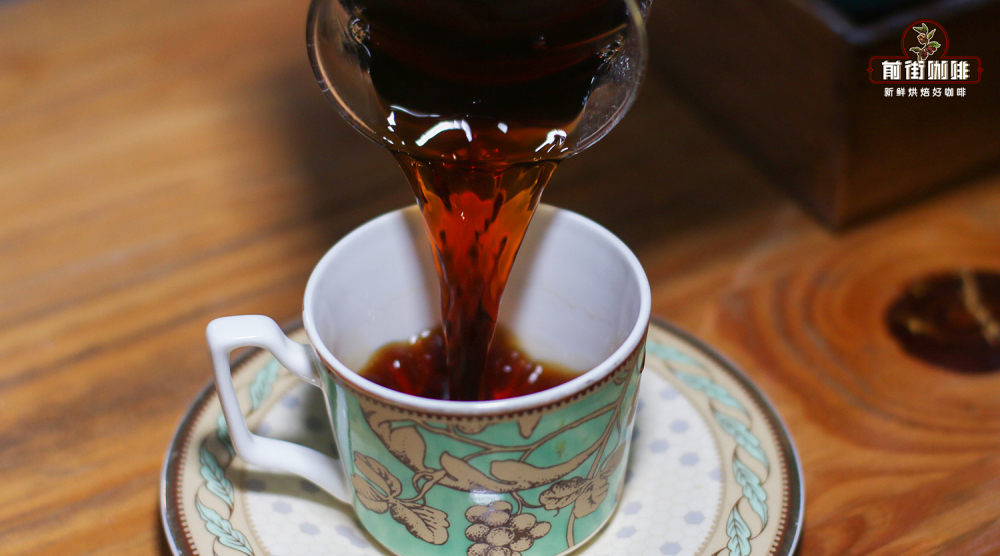
For more information about coffee beans, please follow the coffee workshop (Wechat official account cafe_style) and exchange professional coffee knowledge. Please add Wechat account kaixinguoguo0925.
Important Notice :
前街咖啡 FrontStreet Coffee has moved to new addredd:
FrontStreet Coffee Address: 315,Donghua East Road,GuangZhou
Tel:020 38364473
- Prev
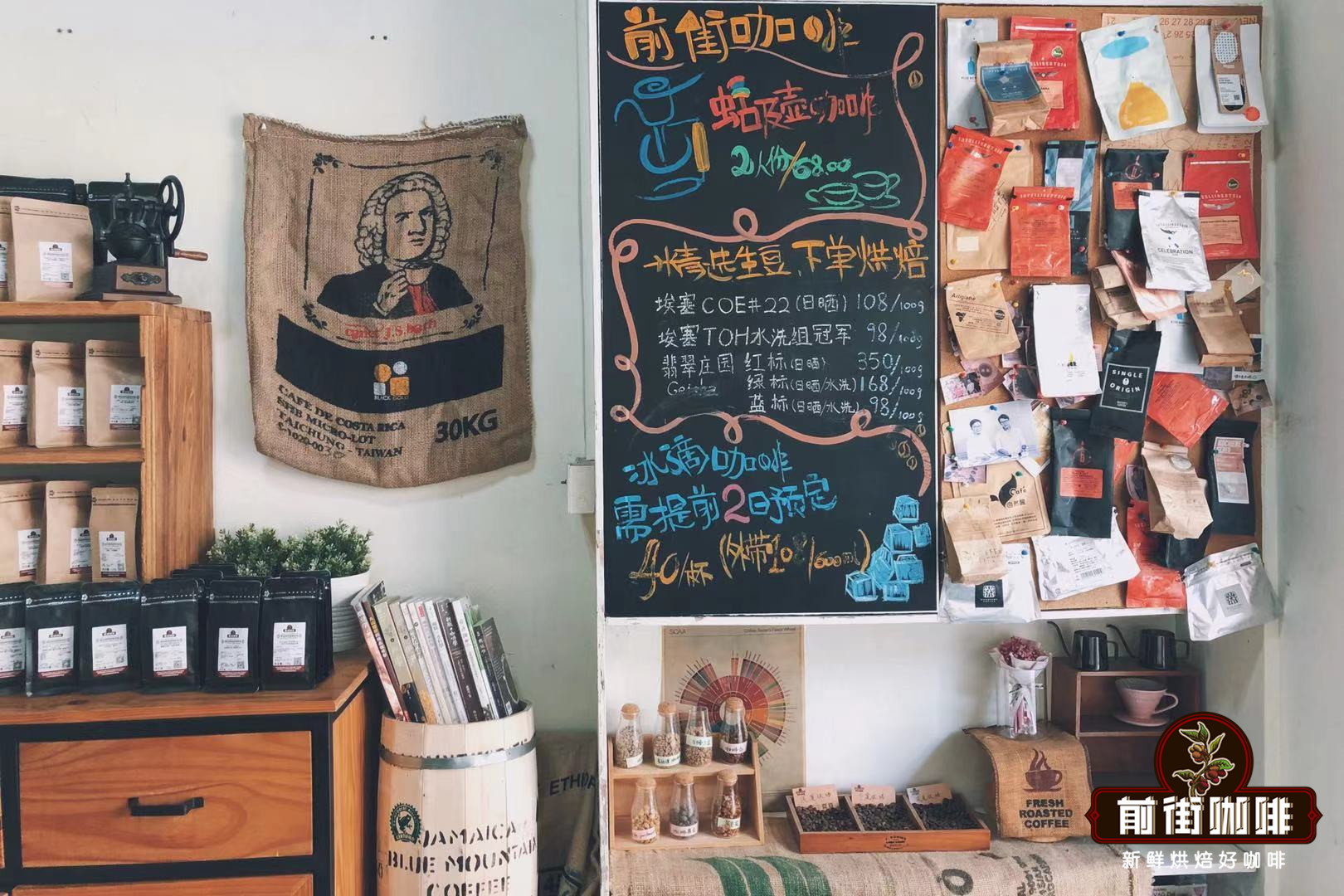
What is flat white Australian White Coffee White Latte and Cabo Coffee Milk ratio difference in taste
What is Australian white coffee? As a barista who has worked in Australia for many years, I think it is necessary to give a simple professional answer here. When it comes to espresso, everyone will think of lattes, cappuccinos, mochas and so on, but absolutely few people will mention Flatwhite. What is the meaning of a cup?
- Next
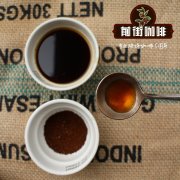
Coffee flavor analysis 1: coffee flavor refers to what coffee flavor description
More information on coffee beans Please follow the coffee workshop (official Wechat account cafe_style) it is not easy to try to describe the flavor of coffee. Coffee is popular because of its unique and rich flavor and aroma. Consumers, bean bakers, cup testers and traders all want to describe the flavor they drink into words. But could the problem be that we can't trace it?
Related
- Beginners will see the "Coffee pull flower" guide!
- What is the difference between ice blog purified milk and ordinary milk coffee?
- Why is the Philippines the largest producer of crops in Liberia?
- For coffee extraction, should the fine powder be retained?
- How does extracted espresso fill pressed powder? How much strength does it take to press the powder?
- How to make jasmine cold extract coffee? Is the jasmine + latte good?
- Will this little toy really make the coffee taste better? How does Lily Drip affect coffee extraction?
- Will the action of slapping the filter cup also affect coffee extraction?
- What's the difference between powder-to-water ratio and powder-to-liquid ratio?
- What is the Ethiopian local species? What does it have to do with Heirloom native species?

